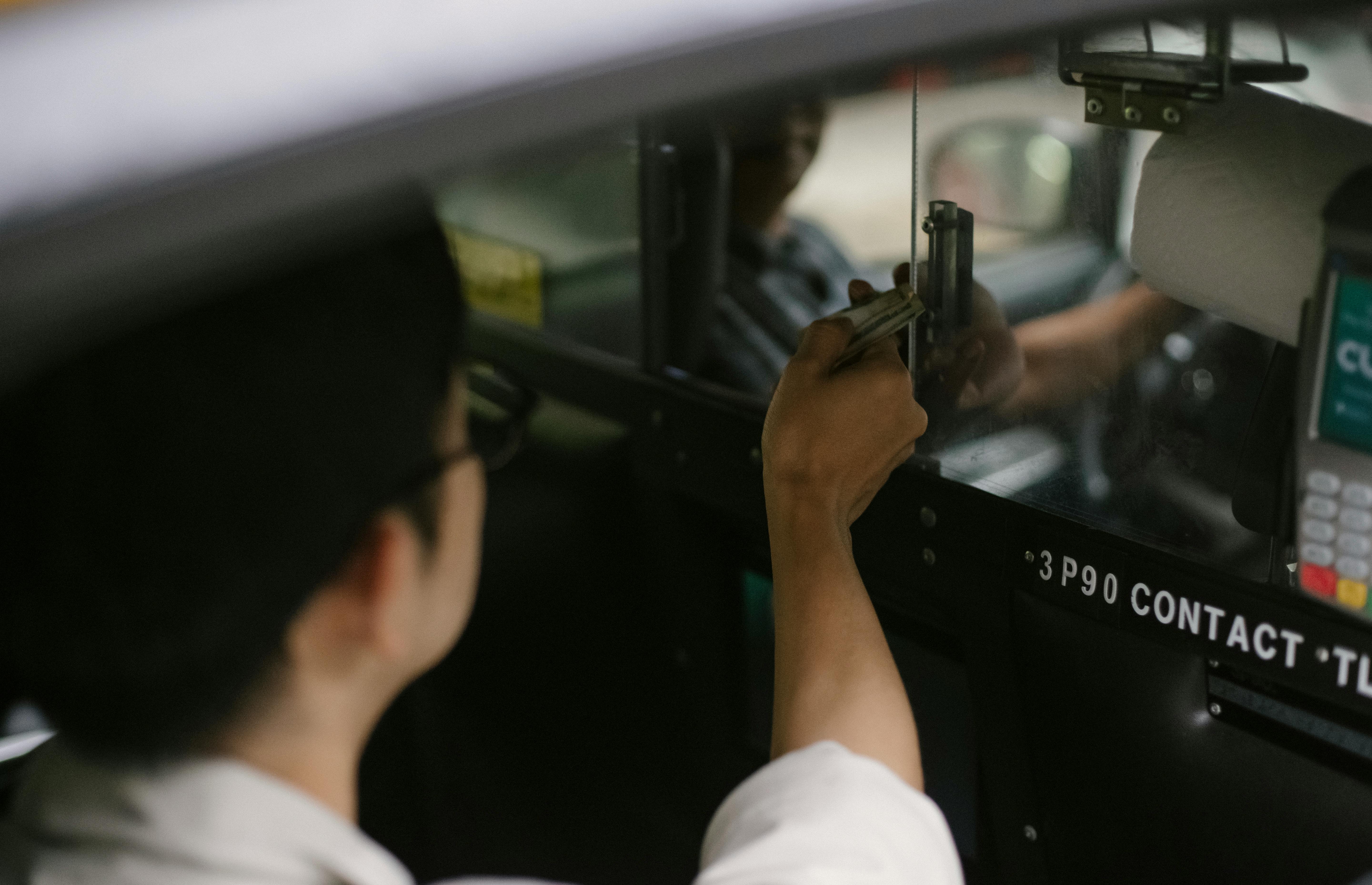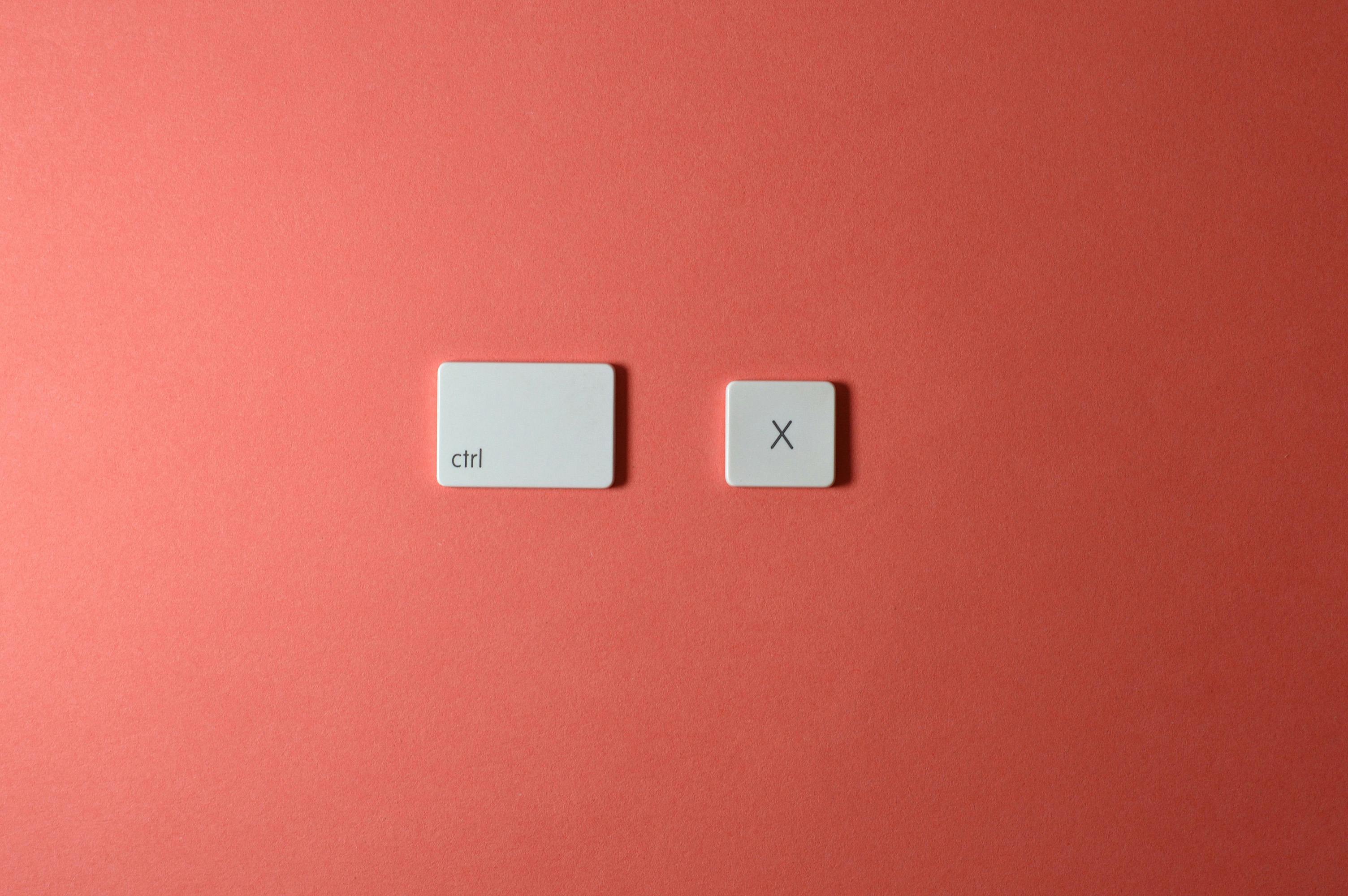
Great Gatsby set as a prequel to the Great Depression
The Great Gatsby by F. Scott Fitzgerald can be considered as a kind of prequel to the Great Depression. Its tale of Midwestern social climbers, illicit money-making activities, lavish parties, and economic class distinctions makes the novel feel like a critical study of the wealth and excess that largely defined the 1920s before the infamous crash. of the stock market. For the most part, Fitzgerald’s novel is taught to high school students in conjunction with or as an introduction to the 1920s and the eventual Great Depression, the greatest economic catastrophe in the US and likely topic of Macroeconomics discussion. AP.
The character of Jay Gatsby can be seen as a foreshadowing symbol of the excess that characterized pre-Depression times. However, when we meet the title character, Gatsby, the bootlegger Gatz who builds an empire of illegal bootlegging possibly in an attempt to win back his true love, the upper class but married to Daisy, has already been dead for a while. . Narrator Nick Carraway’s purpose in telling this story is largely to admonish high society for its cold cruelty and reflect on the downsides of the fabled American Dream, all told through an autopsy of the final weeks before Gatsby’s death. . Gatsby, with his unbridled opulence and his attempted social ascension, has become our tragic hero of the rise of the 1920s and his eventual fall.
We can see this idea in Fitzgerald’s critical construction of the Great Gatsby setting. Set in the wealthy “West Egg” and “East Egg” respectively, that’s Long Island and New York City for you, we as readers emerge into a social environment characterized as wealthy, educated, and socially exclusive and restrictive . The characters are hesitant to associate with others considered socially inferior to them, particularly in geographic locations. In fact, social status is everything and that status is usually tied to one’s financial worth. But even then, one’s social status, as in the case of Gatsby, is not as appreciated if it’s all about money and lavish parties. Despite his great money, Gatsby lives in the less prestigious West Egg, which implies that he has not fully ascended to the level of his beloved Daisy, a distance represented symbolically and geographically in the stretch of water between their respective homes. . The novel is obsessed with such rigid class distinctions and the inability of most people in the novel to reach a level of equality with the upper class, making the United States of the 1920s almost like the Europe feudal. No matter how many colorful shirts, champagne-filled parties, or extravagant, people-killing cars he had, he could never be as worthy of Daisy in his eyes, even with her excesses. Her death is also largely symbolic. Rich Gatsby ends up murdered by a blue-collar auto mechanic while he’s relaxing in his personal pool. This event, interpreted after the Depression, suggests an equalization of classes.
In fact, the status quo depicted in this novel was turned upside down by the onslaught of the Great Depression. Of course, reading The Great Gatsby today with hindsight and the knowledge that four years after its publication, the world’s economies would implode certainly influences readers’ interpretations. However, if Fitzgerald had been an economist, the Great Depression might never have happened. He seemed to know what kind of ruin the extravagance typified by Gatsby was headed for. The Great Gatsby thus turns into this sinister book with impeccable foresight that not only criticizes the stratified pre-Depression society, but also, in its own way, advocates for the kind of equality or egalitarian status that the Depression will eventually bring, albeit destructively.



